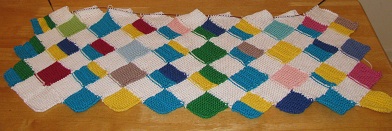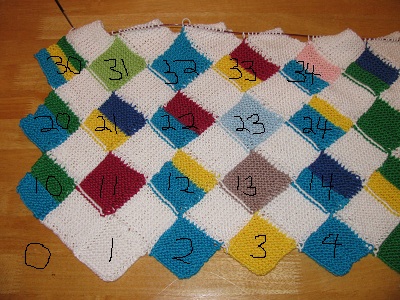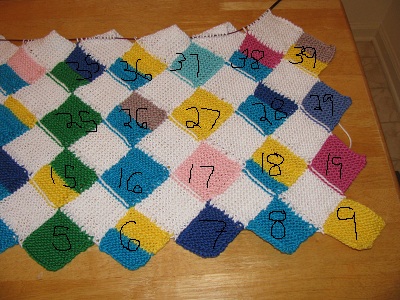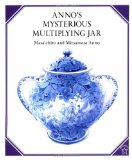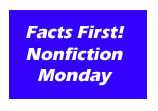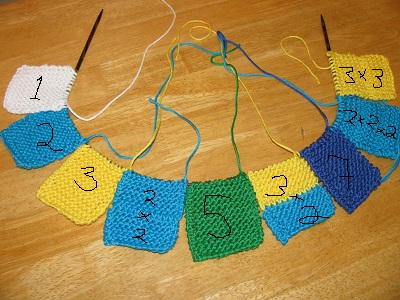Librarians Help! – More Math!
This was a crazy week for me for programs. I don’t know what I was thinking (Well, besides the fact that it was Spring Break), but I scheduled a program every day I worked this week except Monday. What’s more, two of them were programs I was creating and had to figure out what I was going to do and say ahead of time. So, let’s just say I was a little stressed.
And it went great! The week is done! I can relax and enjoy Easter! And my month of April only has a few programs, so I can even focus my energies on moving.
But I want to talk about today’s program, because it was cool that I got to do it, and super that it actually worked.
It was an Every Child Ready to Read workshop. The workshop as prepared by the Every Child Ready to Read folks was called “Fun with Science and Math for Parents and Children.” Okay, I changed it. I called it “Fun with Math for Parents and Children.” (Because Math is more fun than Science! Don’t tell!) Of course, that meant I had to fill in with more math activities. But that was fun to do!
All of the Every Child Ready to Read workshops focus on five easy practices for parents to do with their children — Talking, Singing, Reading, Writing, and Playing. Not only are those activities good for learning pre-reading skills, they’re also good for learning early math concepts.
We did some counting together; the parents did some counting with the kids. I read them How Many Jelly Beans?, Quack and Count and Pattern Fish. (All of the books I read got checked out after the program, too.) I passed out some foam shapes and the parents and kids sorted and counted them. I also passed around a small tub of shapes, and they all guessed how many. Then we counted them together — there were 77. We counted how many letters in each child’s name and then lined up in order of the number of letters. We sang “Ten Little Beasties” and “Five Little Monkeys Jumping on the Bed.” I showed them the awesome site that is BedtimeMath.org. And they finished up by making their own little counting book with a foam cover and paper inside. They could decorate it with shapes in patterns, or just with pretty shapes.
The comment that really made me happy was the mother who said she “learned a lot.” Another mother said it was so nice to have a program a little different from a storytime. Yet another said she thought the balance between activities and talking was just right. That one brought me a big sigh of relief! I had worried about whether the kids would be able to tolerate all I was going to say to the adults. But it worked! It really worked!
My plans are to do another Every Child Ready to Read workshop next month — this time “Fun with Letters for Parents and Children.” Then I’ll take a break until after the Summer Reading Program and do more next Fall.
But our first one was a big success! And I’m especially happy that a group of parents will think of the library when they think of their children getting ready for school and ready to learn to read. And ready to do Math!
Librarians Help!


